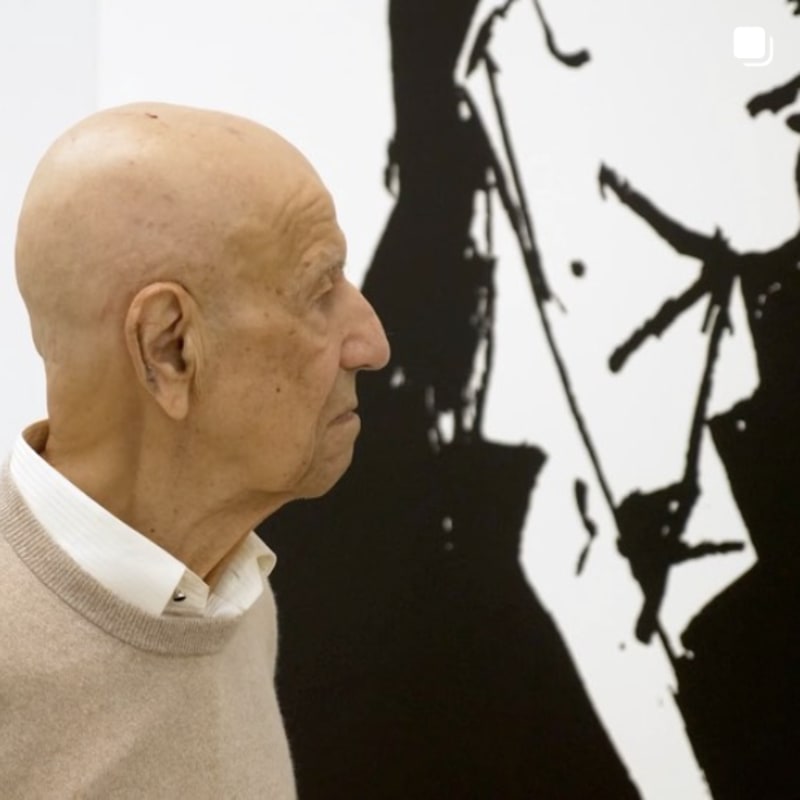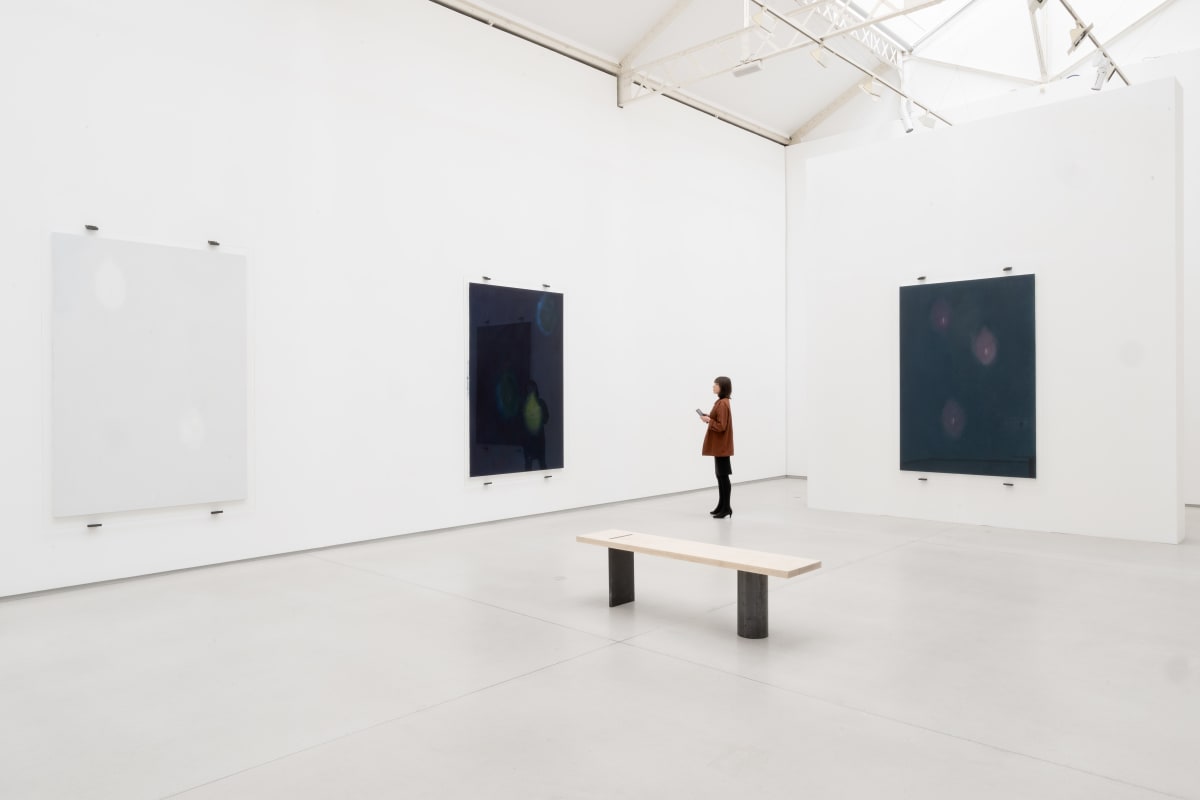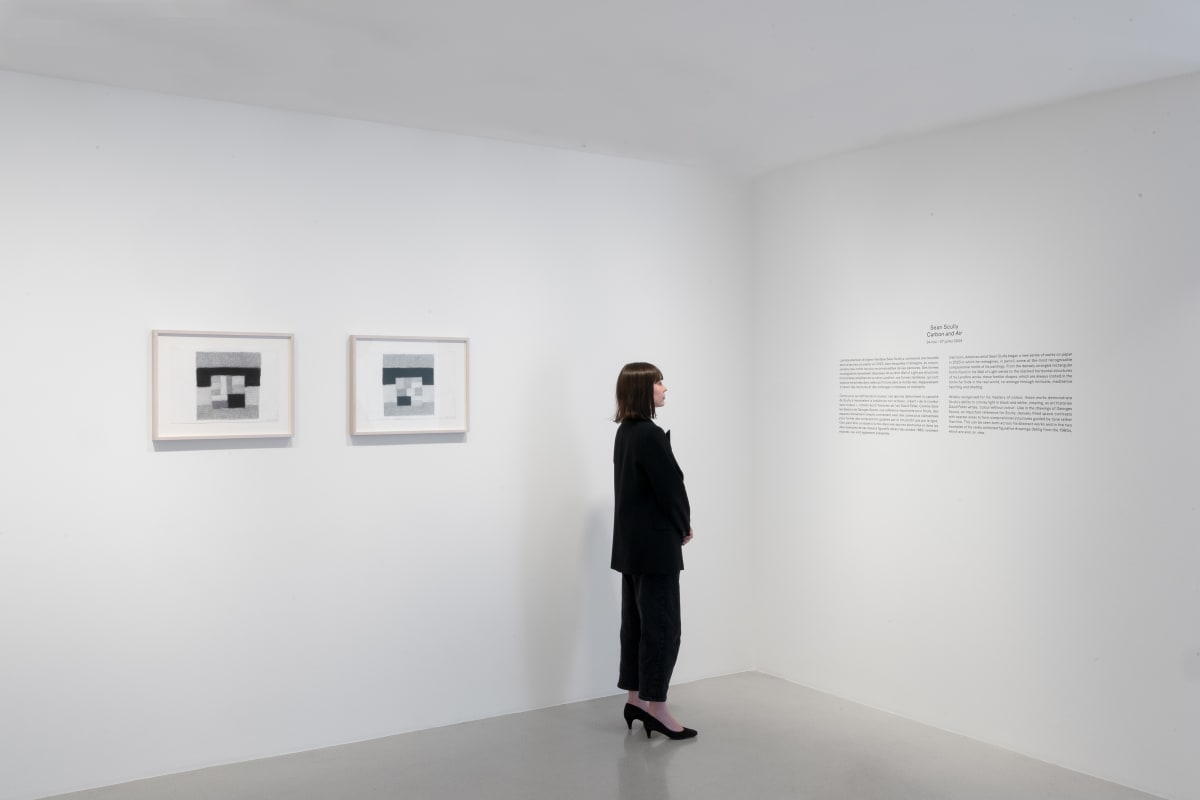The Innovators: Alvaro Barrington | Interview
By Tobi Onabolu
The Innovators is a five-part series of interviews with change-making art-world figures featured in the 2022 Artnet Innovators List.
For an artist at the forefront of the zeitgeist, whose work already commands imposing prices on the primary market, Alvaro Barrington brings a refreshing vulnerability to the way he talks about his life and work.
Born in Caracas, Venezuela, and raised by an extended family network between the Caribbean and New York, Barrington says his early experiences of community have made him who he is today. A rising star with an enviable exhibition history just five years out of art school, he has also embarked on a dizzying range of collaborative projects beyond the white cube—inviting other artists into his studio, putting on live music events, renovating a community basketball court, and now making plans to open a multipurpose art space in London’s East End. This summer, he extended his painting practice to performance trucks and a stage at Notting Hill Carnival, where he also commissioned architect Sumayya Vally to create a pavilion for revelers needing a break from the action.
Artnet News recently selected Barrington as one of its 2022 Innovators, a list of 35 professionals pushing the art industry forward. The conversation with him below is an expansion of Barrington’s entry in the Innovators List, in which he discusses the lessons of existentialism, finding inspiration in Nicki Minaj, and his secret to juggling the eight galleries that represent him internationally.
Tell me about day-to-day life in your universe. When you wake up in the morning, what does your day look like?
It depends on the day, but usually I wake up pretty early. The studio isn’t far away; a 30-minute walk through London Fields. No matter what my energy is like when I wake up, by the time I go through Columbia Road, I start to feel really grateful. I can’t believe I’m walking to my studio, about to make what I think is a good painting. Or maybe it’s gonna be a shitty painting. But I can’t believe this is what I get to do. There’s something about that moment—because I did retail, I did a lot of work at shitty restaurants, cafés, all of it, for years. Once that energy hits, I get really grateful, and by the time I hit the studio, I’m ready. My tear ducts fill up somehow. I never really cry—but I feel it.
Was there a point when you didn’t think this would be real?













































































































































































